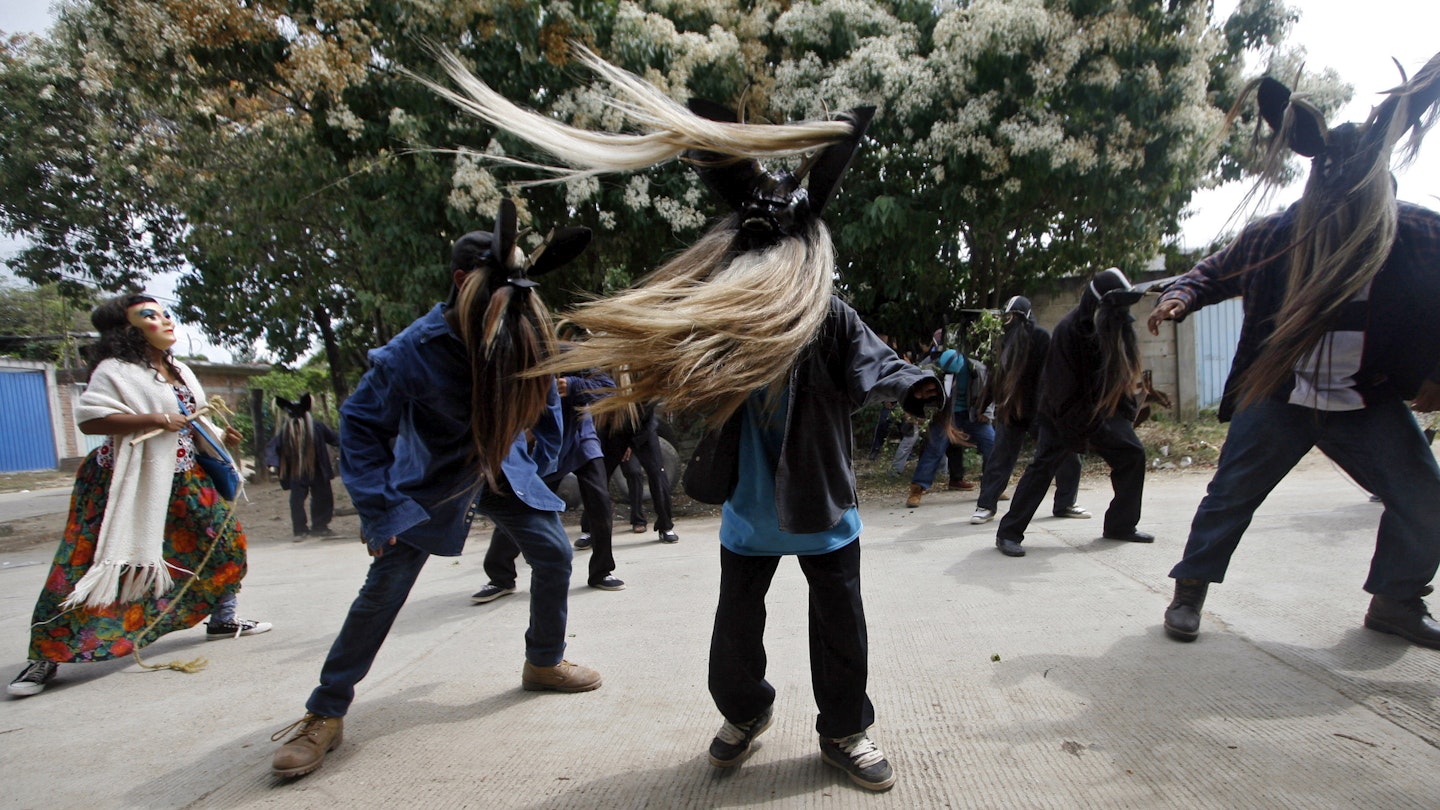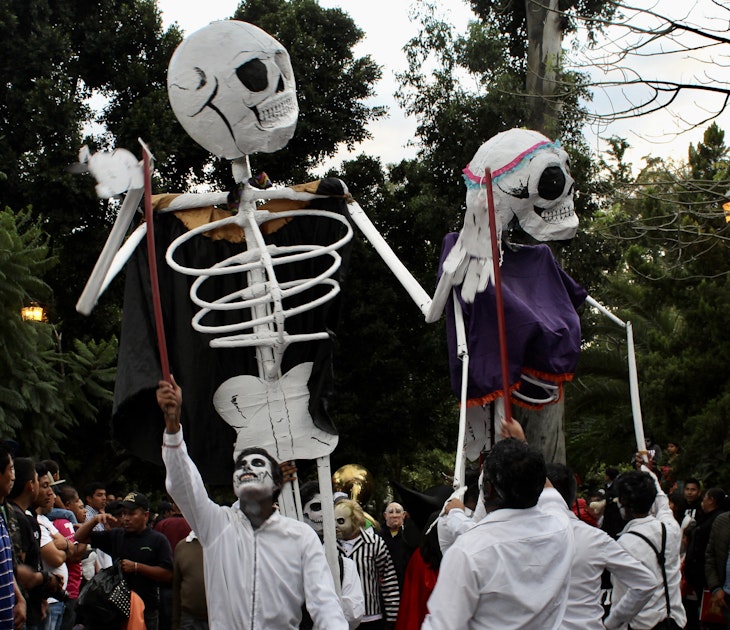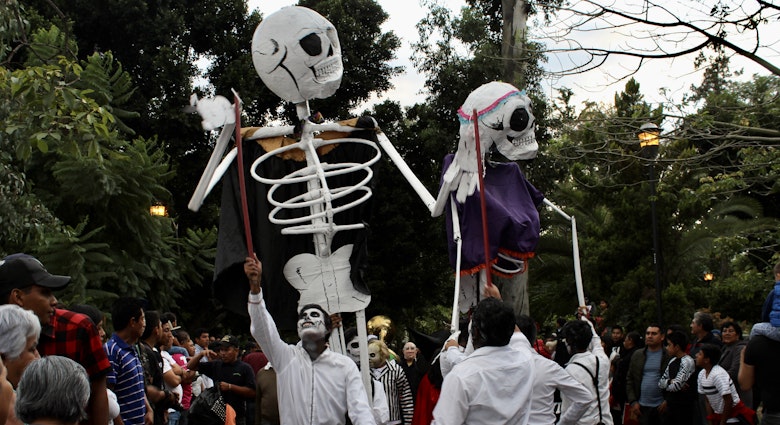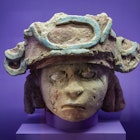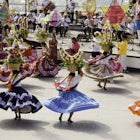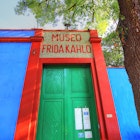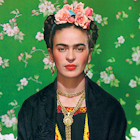From crumbling Aztec empires to flamboyant mariachi bands, Mexico has a wealth of history and cultures for the intrepid explorer to discover. But less known and often overlooked is the country’s connection to the African Diaspora and the rich Afro-Mexican cultures that resulted.
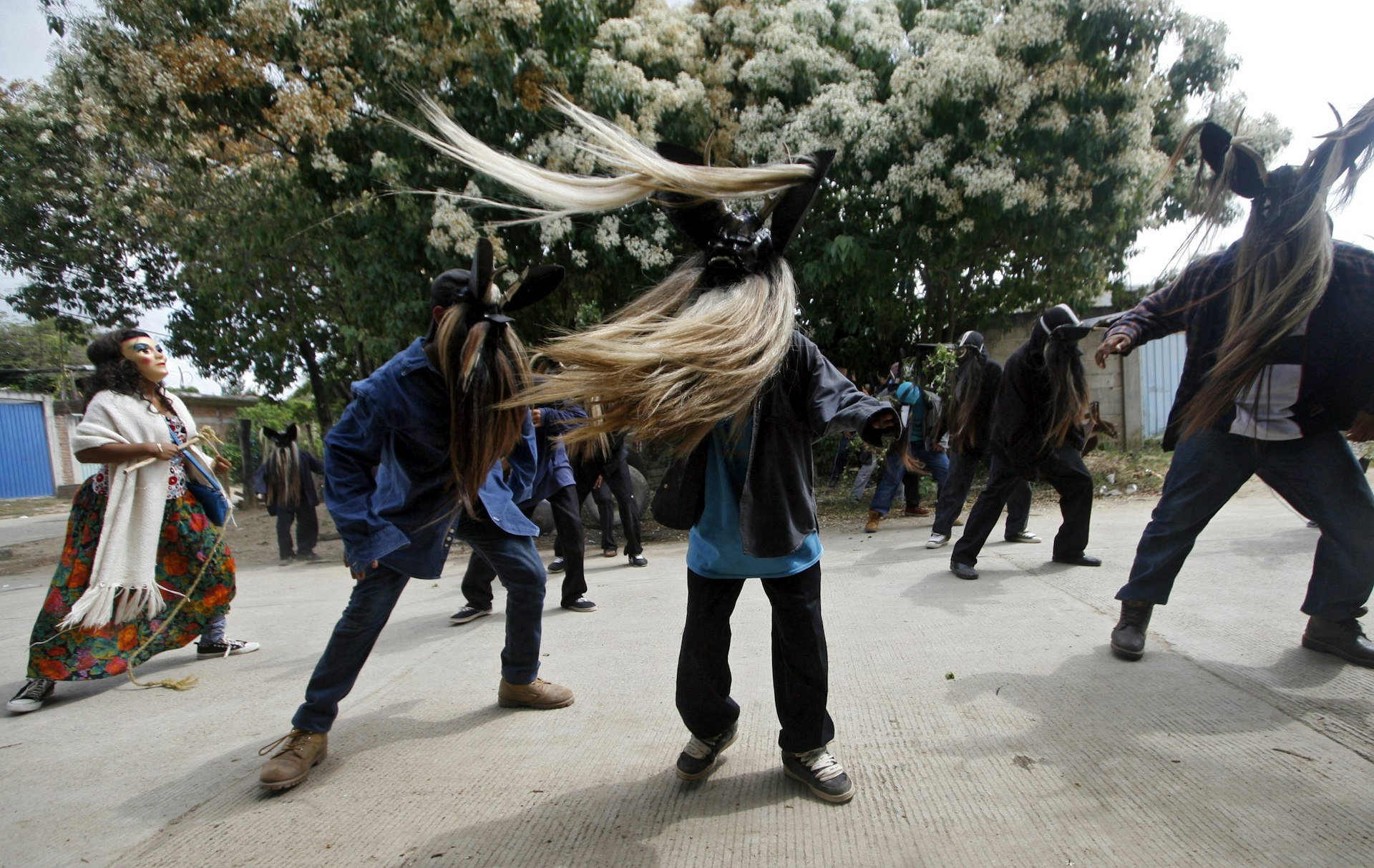
There are several reasons for this apparent erasure. Although Mexico has one of the largest populations of African-descended people in Latin America, Afro-Mexicans are still a relatively small sect in comparison to the overall population. In addition, most of the enslaved Africans brought to Mexico by the Spaniards were men who ended up marrying into other, primarily Indigenous ethnic groups, resulting in a large mestizo, or mixed, population. After Mexico gained independence from Spain, it was this mestizo heritage that was embraced.
History is written by the victors, which causes many worthwhile events to be overlooked or misunderstood. Although not well-known, Mexico has inextricable ties to the continent of Africa that reveal themselves in the country’s history, art, and present-day culture. Here are a few fascinating facts about Afro-Mexican history that you might not have known.
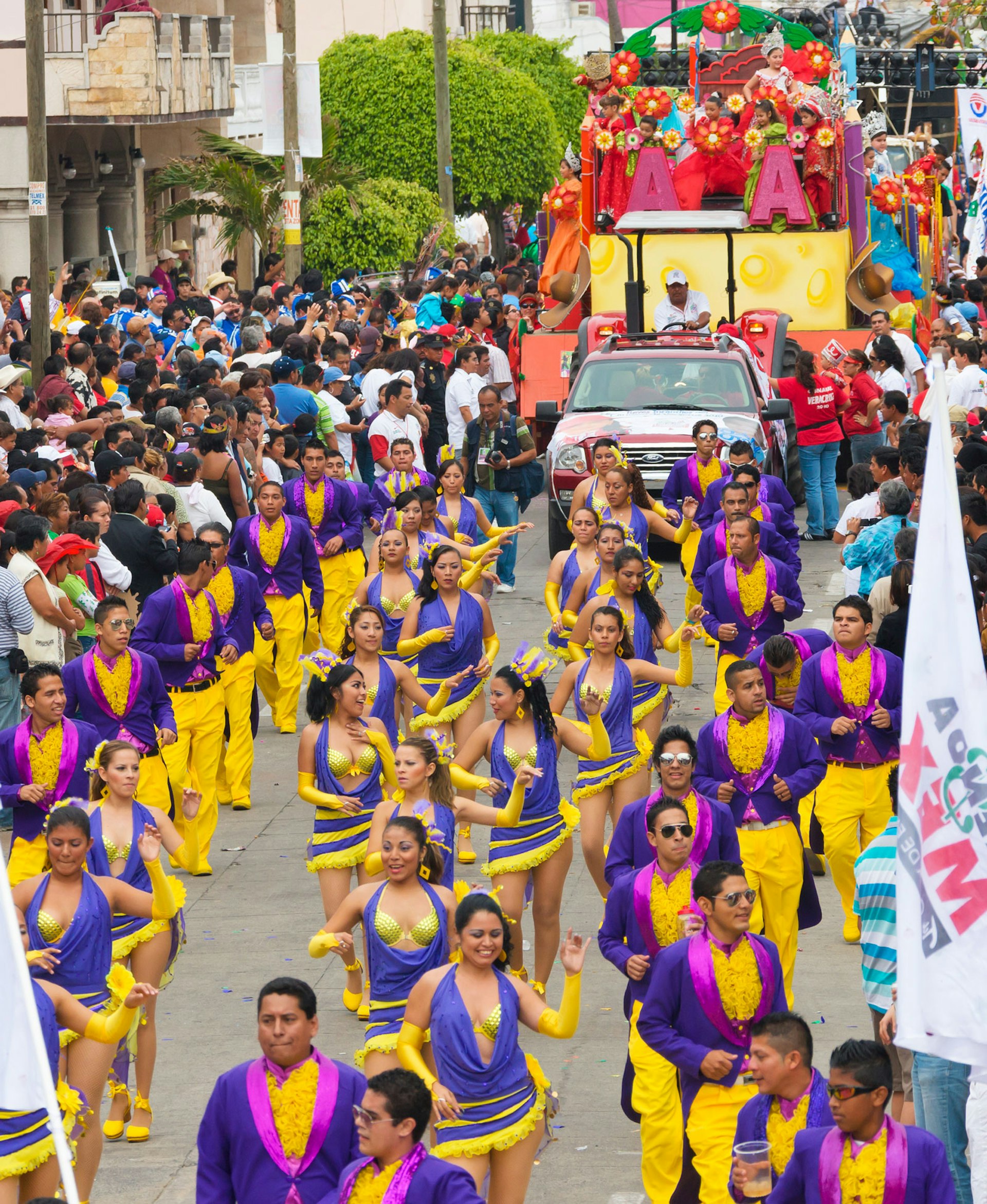
Slaves brought to New Spain arrived in Veracruz
In the sixteenth century, New Spain, as Mexico was then called, brought an estimated 200,000 enslaved Africans to the region. The port of Veracruz, which borders the Caribbean, was the primary arrival point for these ships and as a result, the city continues to reflect a strong influence in its music, dance, cultures, and food. This amalgamation can be witnessed every year during the city’s infamous Carnaval celebrations. The annual pre-Lenten festival serves as a week-long reminder of the region’s revolutionary spirit and remains one of the largest and most well-known Carnaval events in Mexico.

Veracruz celebrates African-heritage with music
Son Jarocho is a folk music style that dates back 250 years and draws influence from a blend of Mexican, African, and Indigenous cultures that thrive in the Veracruz region. A rock-and-roll version of the son jarocho song 'La Bamba' popularized the genre in 1958 and it was resurrected again in the late 80s by the group Los Lobos for the hit film by the same name. A unique blend of stringed instruments with rhythmic dance steps that serve as percussion, the popularity of son jarocho has spread to Mexico City and nearby California. Take an evening stroll through the Zócalo in Veracruz and you’re likely to stumble upon an impromptu son jarocho jam session from locals.

The first community for free Blacks in North America was founded in Veracruz
It was founded by Gaspar Yanga, who was a chief of the Yang-Bara tribe in the area of present-day Guinea in West Africa before being sold into slavery and sent to Mexico. In 1570, Yanga led a revolt and after a successful escape settled in the highlands. By 1600, his settlement had joined with another group of escaped slaves led by Francisco de la Matosa, and for decades they resisted capture from Spanish colonialists. In 1618, Yanga negotiated with Spanish officials to grant freedom to the fugitive slaves and independence to their village, which became known as San Lorenzo de los Negros. In 1932, the small town changed its name to honor its founder and is now known as Yanga in the state of Veracruz. In 2017, Yanga became a Unesco World Heritage site. A statue of Gaspar Yanga along with a plaque now stands in the town square. Every year on 10 August, Yanga holds a carnival to celebrate Gaspar Yanga’s legacy.

Mexico had North America's first Black president
Mexico became the first country in North America to have a Black president in 1829, more than 175 years before the election of Barack Obama. Born to an Afro-Mexican father and Indigenous-Mexican mother, Vicente Guerrero fought in the Mexican Revolution for 11 years, eventually helping the country gain independence from Spanish rule. He became president in 1829 and though his leadership was brief, he instituted sweeping policy changes, including benefits to the working class and Indigenous and taxes on the rich.

Slavery was abolished on Independence Day — September 16, 1829
It was under Vicente Guerrero that slavery in Mexico was abolished on 16 September, 1829 (which is now recognized as Mexico’s Independence Day), approximately 40 years before the United States would do the same. Unfortunately, this move angered American slaveholders and ultimately resulted in Guerrero’s downfall. In 1830, he was forcefully removed from office and returned to the southern Mexican states to organize another rebellion. From there, he was captured by minister of war Jose Antonio Facio and taken in custody in Oaxaca for trial. He was executed on 14 February, 1831.
Though Guerrero had petitioned for a southern state separate from Mexico, it wasn’t until 1849 that the state of Guerrero was created and named after him. The state’s motto is “My Motherland Comes First,” which was said by Guerrero in his refusal to surrender to Spanish rule. Today Vicente Guerrero’s remains are held in the Monumento a la Independencia in Mexico City to recognize his role in the country’s independence.

Guerrero has the largest concentration of Afro-Mexican citizens
Despite this rich history, Afro-Mexican only became recognized as an ethnic identity on a preliminary census in 2015. This gave 1.38 million Afro-Mexicans the opportunity to self-identify for the first time. The Costa Chica region, which encompasses the southern states of Guerrero and Oaxaca, has the largest concentration of Afro-Mexican citizens. In Afro-Mexican communities in Costa Chica, the Dance of the Devils is performed as a form of ancestor reverence during Dia de Muertos celebrations. The dance has its roots in the enugun dances of West Africa.
Though recognition in popular culture may be lacking, the influence of Afro-Mexican culture refuses to be ignored, resurrecting itself in colorful carnivals where participants find themselves entranced by the persistent pulse of African beats.
Make sure you're ready for anything with travel insurance from our trusted partners.
